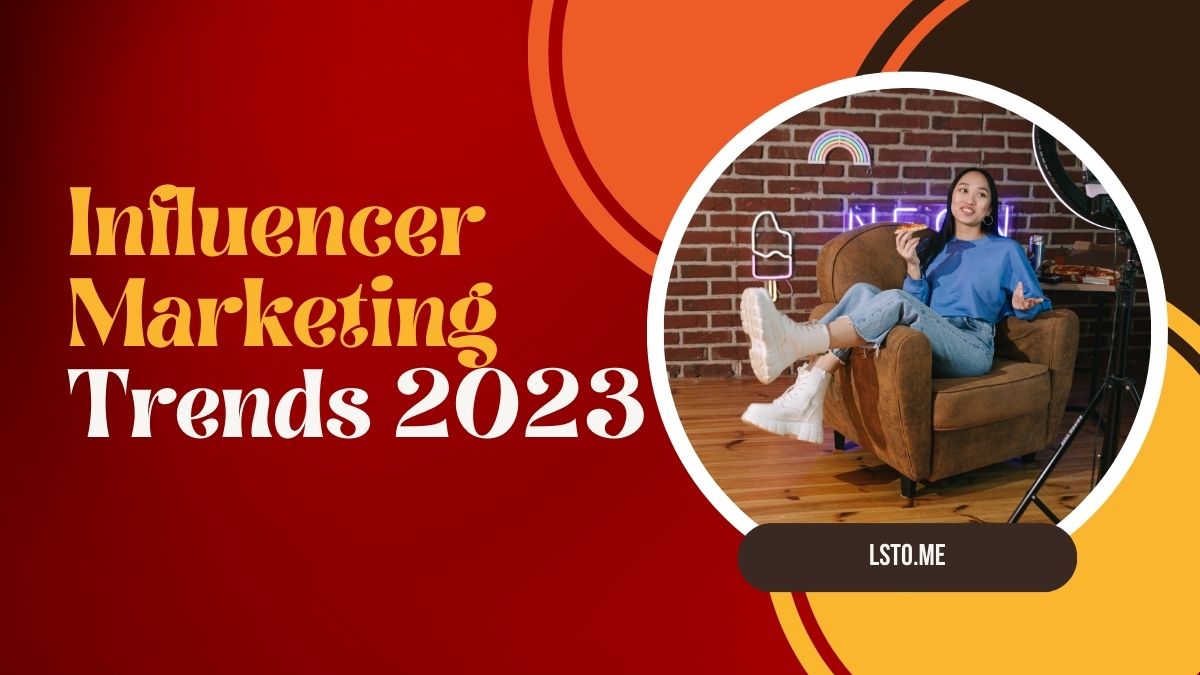
Influencer marketing has become an increasingly popular marketing strategy in recent years, with brands partnering with social media influencers to reach their target audience and drive engagement. As we move into 2023, the landscape of influencer marketing is set to evolve and change. Here are some of the top influencer marketing trends to watch for in 2023:
1. Focus on Micro-Influencers:
Influencer marketing has become an increasingly popular strategy in recent years. Brands have traditionally turned to macro-influencers with millions of followers for their influencer campaigns, believing that a larger audience equates to more significant results. However, as we look toward the future of influencer marketing trends in 2023 and beyond, it seems that micro-influencers may be the way to go.
Micro-influencers are individuals with smaller followings than macro-influencers but have a more engaged audience. They often specialize in specific niches and are seen as experts within those areas, allowing them to build trust and credibility with their followers. By partnering with micro-influencers, brands can tap into these niche communities and connect with highly engaged audiences who value authenticity over vanity metrics.
One of the main benefits of working with micro-influencers is cost-effectiveness.
2. Increased Emphasis on Authenticity:
Influencer marketing has become an increasingly popular and effective way for brands to reach consumers in recent years. However, as consumers become savvier about the practice, there is a growing emphasis on authenticity and transparency from influencers. This trend is expected to continue in 2023 and beyond.
Consumers are no longer willing to simply take an influencer’s word for it when it comes to product recommendations. They want to know that the influencer uses and believes in the product they’re promoting. This means that brands will need to work with influencers who align with their values and products, rather than just those with large following or high engagement rates.
In addition, there is increasing demand for transparency around sponsored content. Consumers want to know when an influencer has been paid or received free products in exchange for their endorsement.
3. Expansion into New Platforms:
The realm of influencer marketing has been dominated by Instagram for the past few years. Brands and marketers alike have flocked to the platform to collaborate with influencers, promote their products or services, and drive sales. However, as the world becomes more digitally connected than ever before, a new trend is emerging in influencer marketing: expansion into new platforms.
Social media platforms like TikTok, YouTube, Twitch, and Snapchat are gaining popularity among younger audiences who crave authenticity and entertainment from their favorite creators. These platforms offer unique features that allow influencers to engage with their followers in creative ways that aren’t possible on Instagram. For instance, TikTok’s short-form video format allows influencers to showcase their creativity while building a loyal fanbase.
As brands continue to experiment with different types of content creation and distribution across various social media channels, it’s clear that the future of influencer marketing lies beyond Instagram.
4. Data-Driven Strategies:
In recent years, influencer marketing has become a popular strategy for brands looking to reach new audiences and build their online presence. However, as the trend continues to grow, there is now a greater focus on using data-driven strategies to measure the effectiveness of campaigns. This shift towards data-driven influencer marketing is expected to continue into 2023 and beyond, with more brands investing in advanced analytics tools and platforms.
One of the primary benefits of data-driven influencer marketing is the ability to track and measure performance metrics in real time. By analyzing key metrics such as engagement rates, click-through rates, and conversion rates, marketers can gain valuable insights into which influencers are driving the most ROI for their brands. Additionally, by leveraging data from social media platforms like Instagram and TikTok, brands can identify trends and patterns that allow them to create more targeted campaigns that resonate with their audience.
5. Greater Integration with E-commerce:
As the retail industry continues to shift towards e-commerce, brands are seeking new ways to integrate their marketing efforts with online shopping. One of the most prominent trends in recent years has been influencer marketing, which involves partnering with social media influencers to promote products and services. In 2023, this strategy is expected to become even more prevalent as brands seek greater integration with e-commerce platforms.
One of the key drivers behind this trend is the rise of social commerce. Many consumers now prefer to shop directly through social media platforms like Instagram and Facebook rather than visiting standalone e-commerce sites. Influencer partnerships can be particularly effective in this context because they allow brands to tap into the trust and engagement that these influencers have already built with their followers.
At the same time, e-commerce is becoming increasingly important for retailers across all categories.
Conclusion
Influencer marketing is set to evolve and change in 2023, with a focus on micro-influencers, authenticity, expansion into new platforms, data-driven strategies, and greater integration with e-commerce. Brands that can adapt to these trends and partner with the right influencers will be able to build stronger relationships with their target audience, drive engagement, and achieve their marketing objectives.